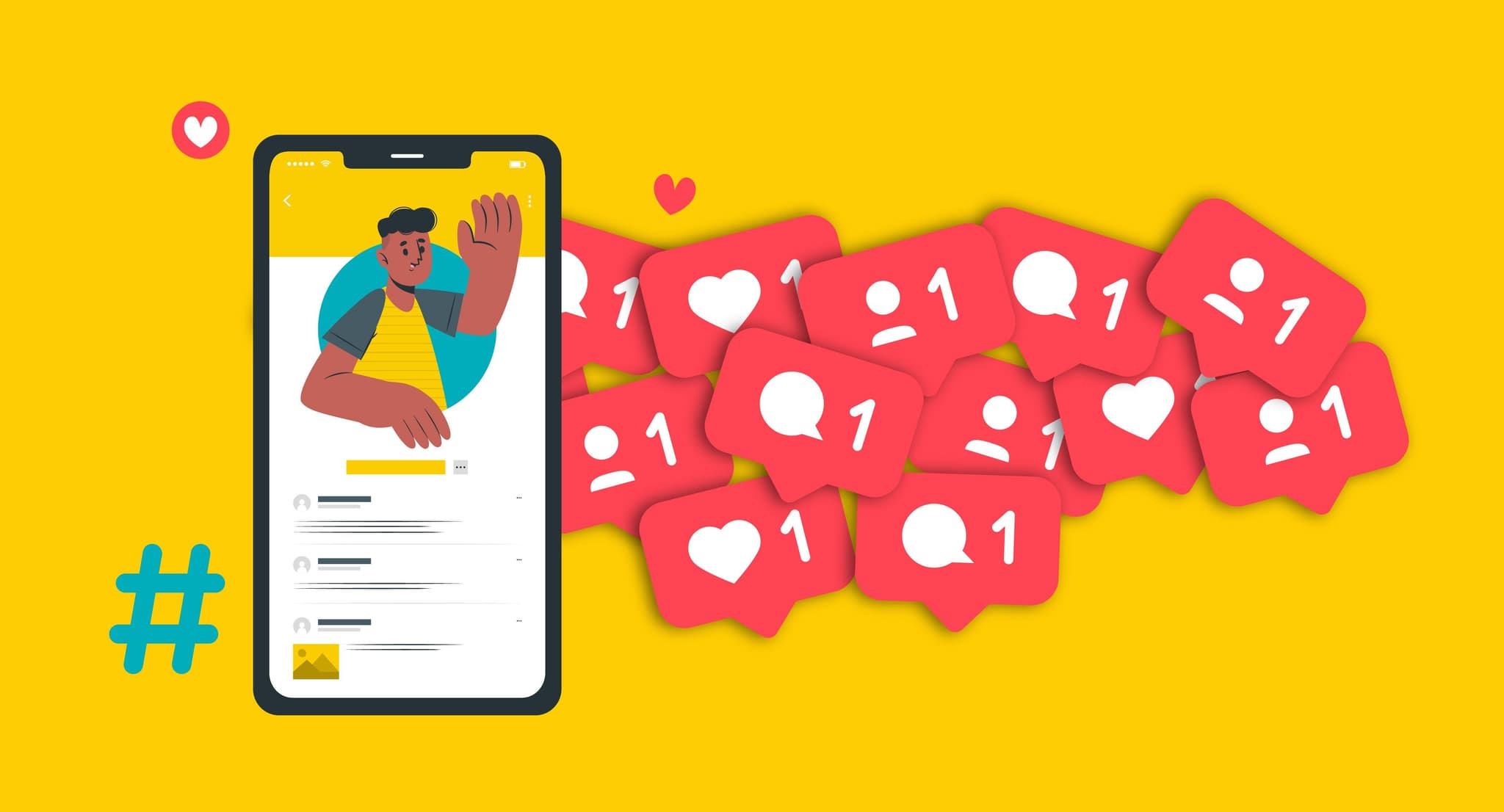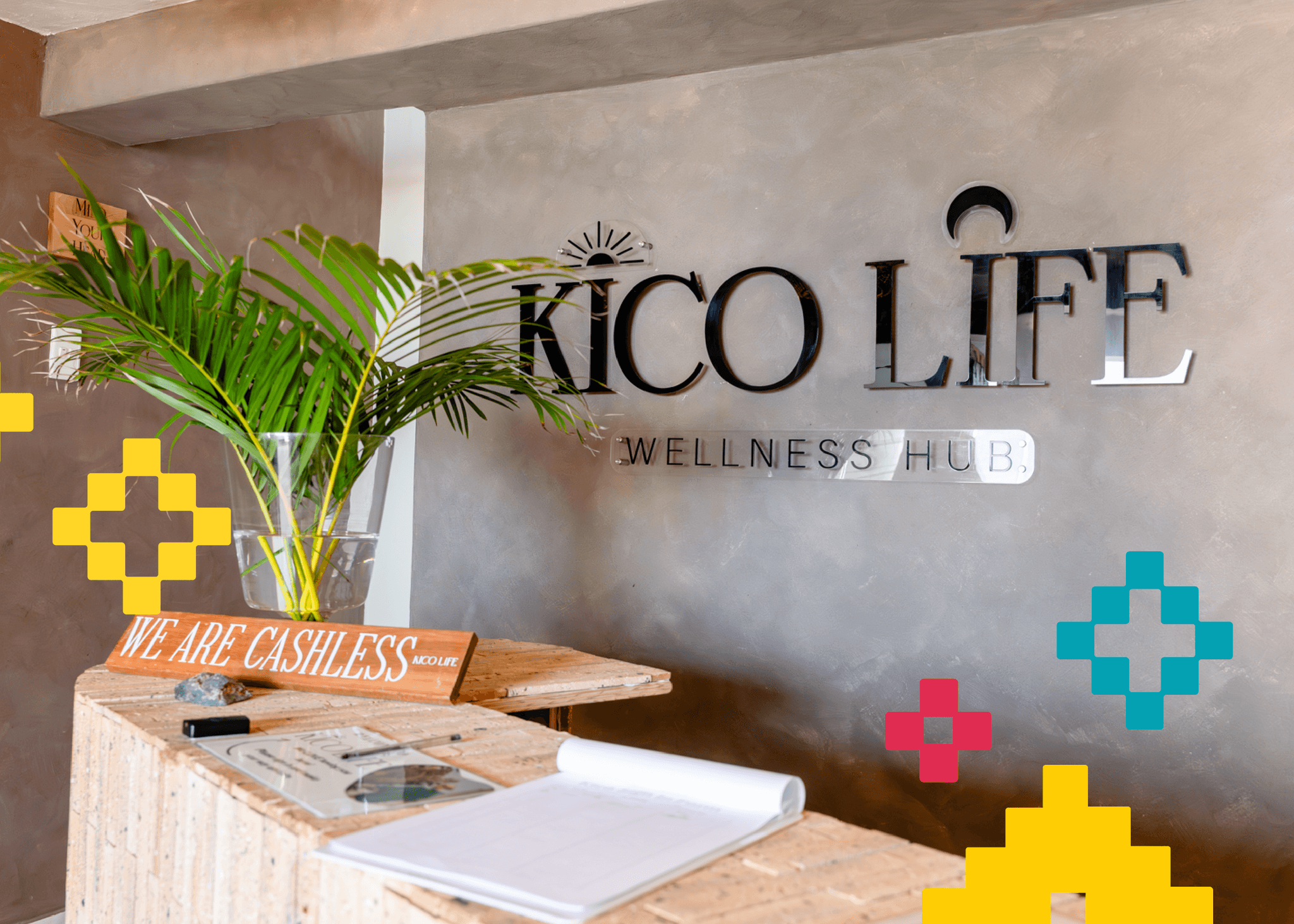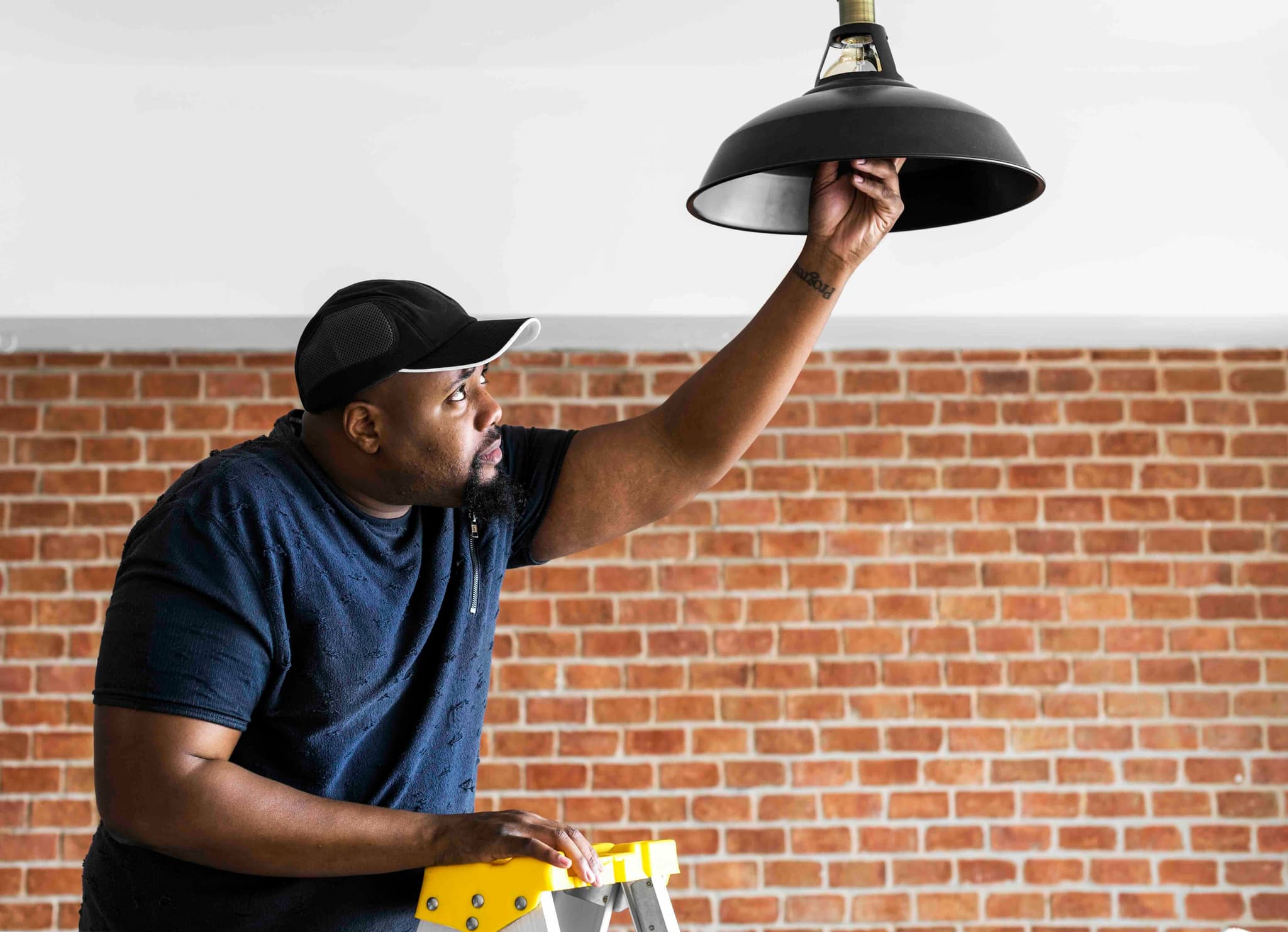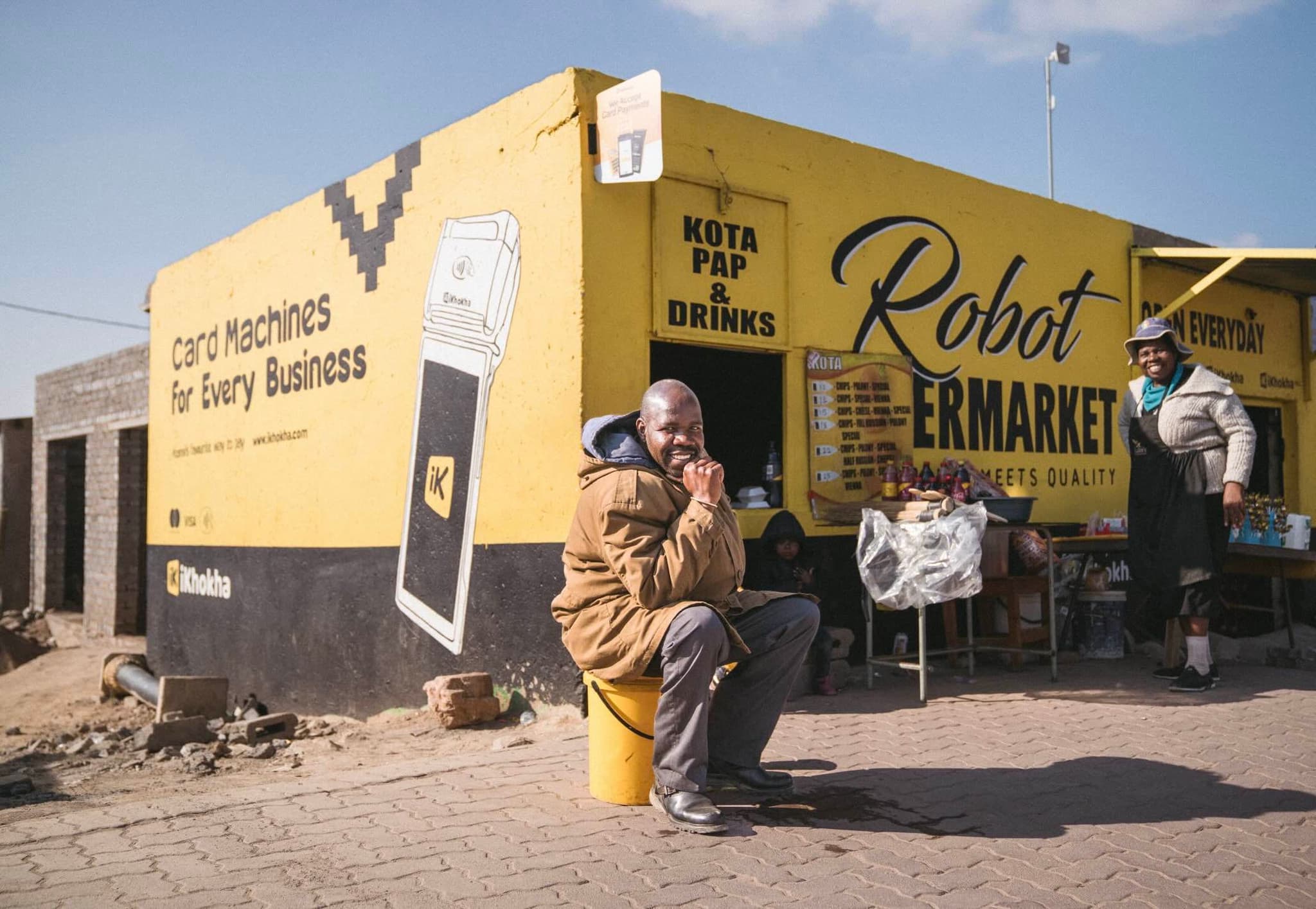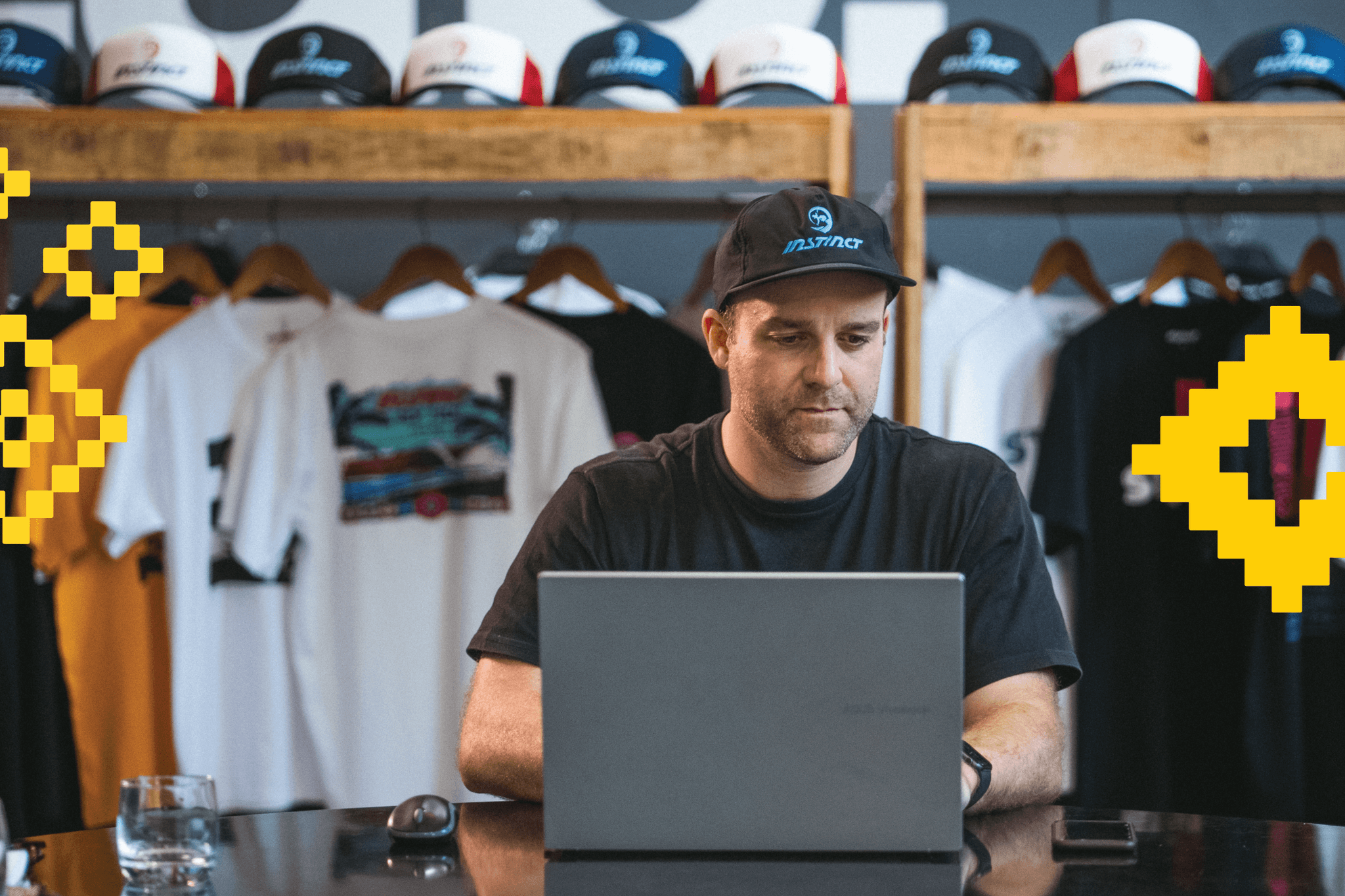
How to Build an Iconic Brand Identity for Your Small Business
Build an iconic brand identity for your small business. Define who you are, what you offer, and what sets you apart.
Imagine walking down the road and you see another person walking toward you. You can clearly see that the stranger is wearing clothes but you can’t distinguish the patterns or colours. Their face is blurred, almost like the pixelation they use to hide faces in documentaries. All you see is a greyscale figure approaching with no indication of who they might be.
That is what it’s like when a business tries to operate without first establishing its brand identity. What you want is for people to instantly notice your business and for your company to stand out above the rest, especially in the chaos of the internet.
So today, we will be exploring all things related to brand identity: what it is, why it matters, and how you can build a memorable one for you and your small business. Let’s dive in.
Getting Acquainted with Brand Identity
Do you remember what it was like when you first thought about starting a business? You had so many things to consider that you probably didn’t even know where to start! Well, building your brand can be just as overwhelming, but thankfully, we’re here to guide you along the process. But first things first, what the heck is a brand identity?
What is Brand Identity?
Simply put, brand identity is the set of features that distinguishes your company from other businesses. It is the visual and emotional representation of who your company is and how you want to be seen by consumers.
So, a brand identity gives the public a visual representation of who your company is, as well as an understanding of your story, the values you wish to uphold, and how you wish to operate within the business sphere.
Why Is It So Important?
Making Great First Impressions
The importance of a brand identity reveals itself in your company’s very first interaction with its consumers. Your brand identity is your opportunity to make a memorable first impression with customers. And in the short-term memory age that we live in, making a great first impression is the easiest way to start building your list of loyal clients.
Customer Recognition & Competitor Differentiation
Much like your logo, your brand identity is the face of your company. If you have a distinct brand identity, then customers will know that it's you just by seeing your logo or a certain colour scope or even a particular font.
Similarly, your brand identity separates you from your competitors in that your audience can easily find and identify you apart from others in your field. And once you’ve established your brand identity, you’ll have a personalised template for all your marketing efforts. Win-win.
Establishing Trust and Credibility
If your brand identity is professional, consistent, and true to who you are, then you will go a long way in building trust and credibility with customers, suppliers, and anyone else who comes into contact with your business.
Fostering these relationships will also help you to gain loyal, recurrent customers. But, of course, attaining repeat clients is not only about being easily recognisable, you also need to hold up your other end of the deal by having an irresistible product or service.
And once people are on board with your brand, they’re much more likely to refer you to others, adding to your list of potential lifelong customers.
What You Need to Know About Building a Memorable Brand Identity
You now know what a brand identity is and why it’s vital for you and your small business, but how do you go about building one? Moreover, how do you build the right one?
1. Do the Research
Identify your target audience
The first thing you’ll need to figure out when building your brand identity is who the brand is for. You’ll need to know who your customers are to ensure that your messaging resonates with them.
Research your competitors
Take a look around at what other businesses in your industry are doing. This will help you get a sense of what branding techniques work, what doesn’t work, and how you can differentiate yourself from other companies that are appealing to your target audience.
Do smart market research
There is so much information available to you online that you may get lost in it all. Try doing some market research closer to home by interviewing friends and relatives within your target audience, your employees, and anyone else who may have skin in your game.
These opinions are birthed from the trust that has already been built between the two of you, so they probably have your best interests at heart.
2. Define Your Brand's Purpose and Values
Your brand is much more than just your origin story; it is also your company’s core beliefs and what your business is ultimately set up to achieve, also known as the value proposition.
People are fueled by emotion, and defining your brand story is a wonderful way to connect with those who align with your principles and standards.
When defining your brand’s story, you’ll need to pay attention to:
- What your brand believes in.
- How your business aims to solve the market pain points that you’ve identified.
- Why you’ve chosen this particular type of business.
- The vision that you have of your company’s future.
There is a common saying in sales: “People don’t buy things, people buy people.” And it couldn’t be more true for you and your brand identity, because your customers won’t be buying your product or service, they’ll be buying into your company’s personality, your brand. So, make sure it shines bright!
3. Build Your Brand Assets
Now the fun begins! If treachery is in the research, then glory awaits when you begin to bring your vision to fruition.
Brand assets are all the visual elements that represent your brand identity. Here are some of the things you need to consider when developing your brand assets:
- Name: If you haven’t done so by now, give your brand a name!
- Tagline: The slogan that you’ll be remembered for.
- Logo: This is the visual symbol that represents your company.
- Colour palette: In branding, colour says everything. So, carefully consider the colours that you choose to use, and ensure that they align with your brand.
- Photography and graphics: Images reveal more of your brand’s amazing personality.
- Iconography: The pictures that you use to convey a particular message.
- Typography: Making sure that all wording is clear, concise, and easy to understand.
- Style guide: This explains how to use your artwork correctly, how you want your company to look and feel, and ensures a unified voice and presence across all your company platforms.
4. Level Up As Needed
Okay, you’re all set! You now have the tools that you need to build a brand identity that’s impossible to forget. But change is the only constant in life, so don’t be afraid to alter your brand identity if necessary.
Actively request feedback from customers, suppliers, friends, and family and use their advice to tweak your identity if need be. You may ignore what they say and stick with what you have, and that’s completely okay! At least you’ll be making the decision with more information at your disposal.
Never settle if you’re not happy with your current brand identity, and always look for ways to see how you can make your brand better than it was the day before.
Tips and Tricks for An Iconic Brand Identity
There are still a few more things that are worth jotting down when it comes to building your brand identity, and many of them are rooted in the basics of business.
When building your brand identity, you want to make sure that your story is front and centre. It may not be the be-all and end-all, but it’s definitely a necessary starting point. Give your audience a personality to connect with.
You also want to ensure that your customer experience is reflected in your brand’s promise. The Boy Who Cried Wolf, Pinocchio — don’t be that guy.
Always be clear in what you say and show because you don’t want your customers to be playing guessing games. Also, be consistent in promise and execution (always refer back to your style guide), and be committed to the cause because branding takes time.
Aim to be memorable instead of modern, never copy your competitors, pay attention to your online and social media profiles, and always, always embody your brand identity.
Looking for more? Learn how to Run Your Business Like a Pro: 60 Expert Tips and Tricks for Success.
Tools to Build Your Brand
Now, we don't expect you to build your entire brand identity with only a pen and a notepad. Here are some tools and resources to help you along the way.
Brand building:Adobe Experience Cloud (free and paid)
Brand listening:Google Trends (free), BuzzSumo (paid, 30-day free trial), Google Alerts (free).
Logo and design:Canva (free and paid), Wix (free and paid)
Show Them Who You Are
And there you have it, your complete guide for building a strong brand identity that is unique, memorable, and able to evolve. The research won’t do itself, so what are you waiting for? Your first step to an iconic brand identity starts with this full stop.
For more on branding your business, be sure to read A Guide to Branding a Small Business.
